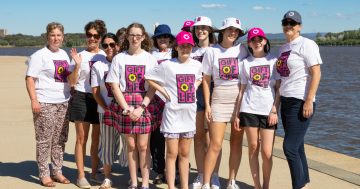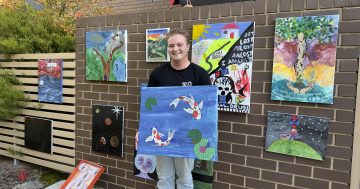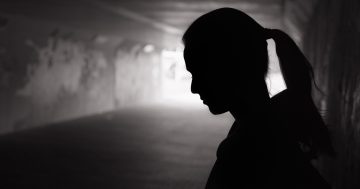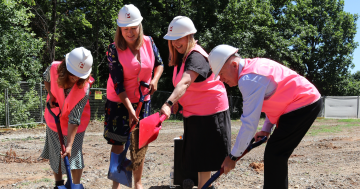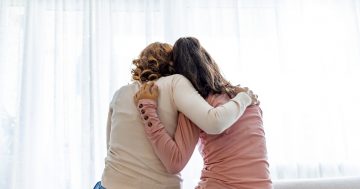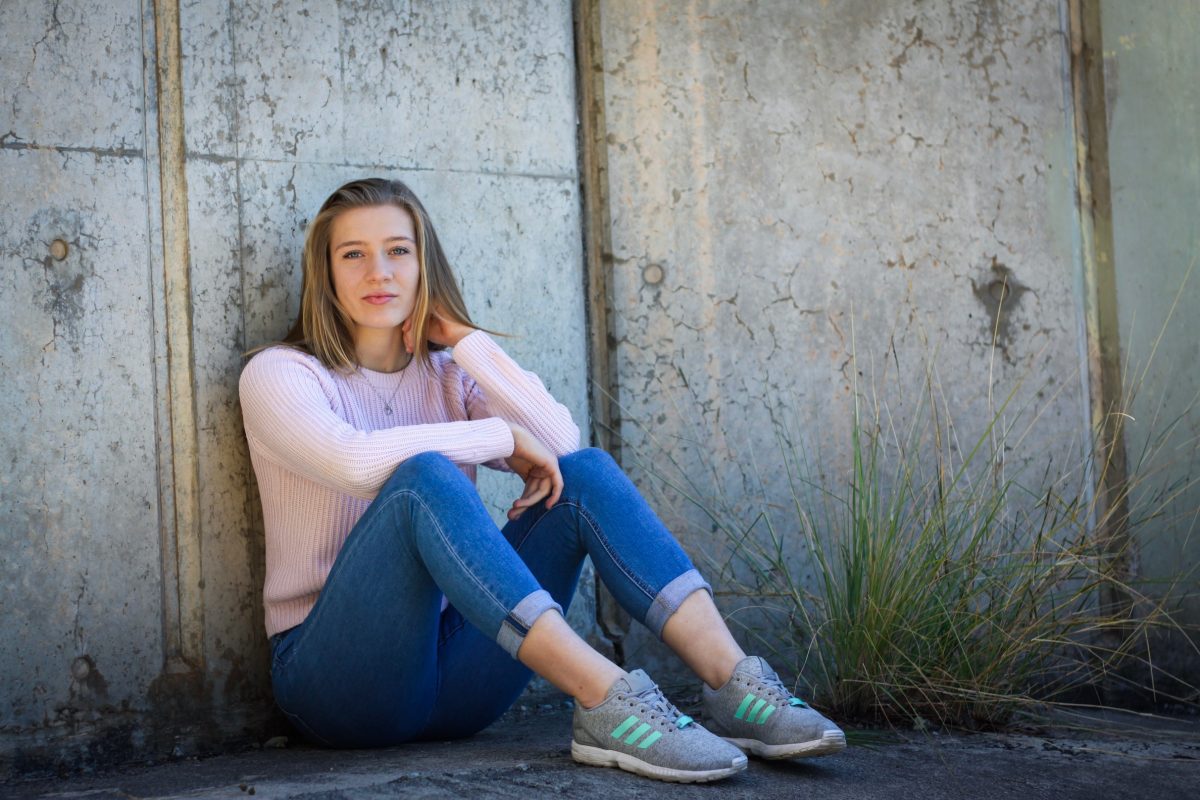
Marija Rathouski found herself couch surfing at the age of 15. Photo: Marija Rathouski.
Marija Rathouski grew up “a good Croatian, Catholic girl”. At least, she was supposed to.
“I was expected to follow the strict house rules and behave in a way [my parents] would approve,” the 23-year-old recalls.
“They wanted me to go to church every Sunday and participate in religious celebrations, like holy communion, which I didn’t want to do. I started to accept shifts at McDonald’s on Sundays to avoid attending church with them, which only further deteriorated the relationship.”
The pressure built to the point Marija would sneak out of the house to “get away and breathe”. She finally packed her bags for good, aged 15, but with nowhere to turn.
“For about three months I slept rough, staying with friends whenever I could,” she says.
“It was scary.”
Only when she broke down in tears in front of her teachers at school was she referred to help, and a spot in crisis housing.
She ultimately credits the Take Hold Program, run by the Ted Noffs Foundation in Canberra, for meeting with her every week and guiding her back into a stable life with friends and a home.
She might have hidden her struggle then, but Marija is now a tenancy manager with a community organisation and a passionate advocate for ending local child and youth homelessness.
On Wednesday, she was chief speaker for a Youth Homelessness Matters Day at the Salthouse Community Centre in Braddon, supported by charities Barnados Australia and Yfoundations.
Together, they called for Australia’s governments to develop a national standalone Child and Youth Homelessness Strategy to avoid what Yfoundations CEO (and Youth Homelessness Matters Day national coordinator) Trish Connolly describes as “a perfect storm”.
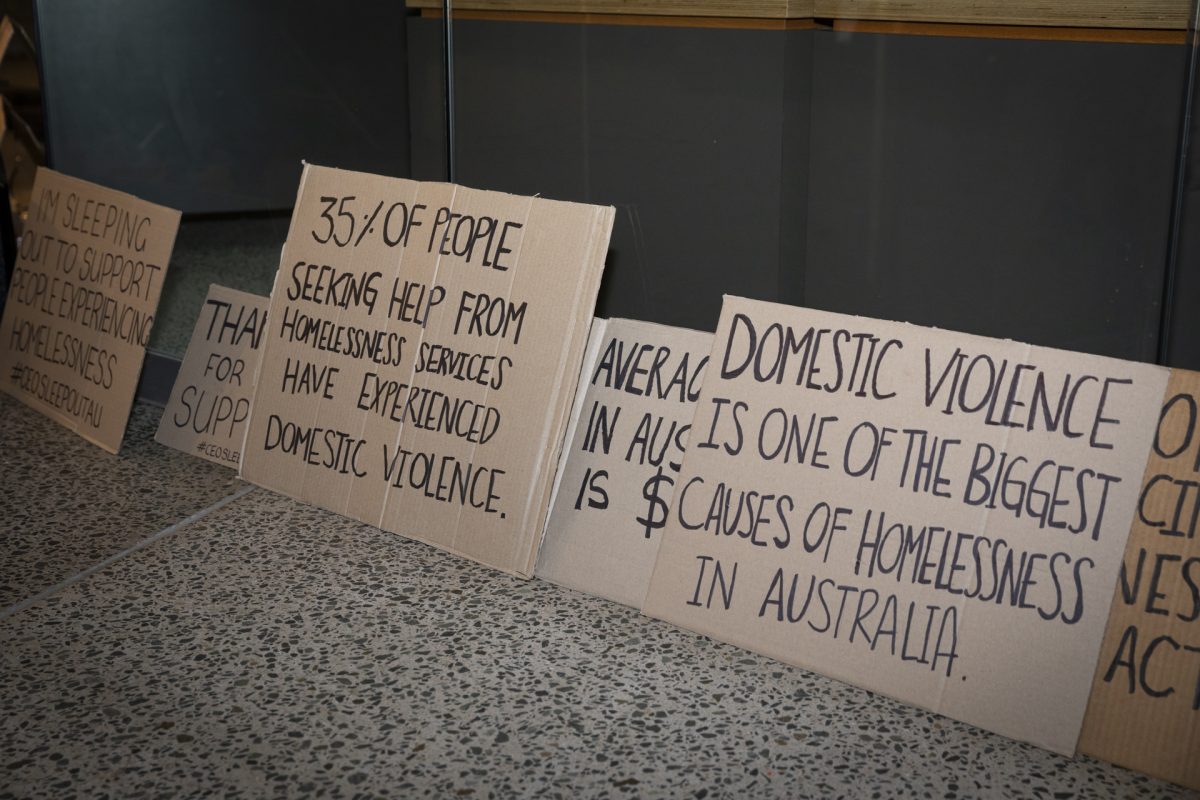
Domestic violence is a leading cause of homelessness in Australia. Photo: Thomas Lucraft.
“Unaffordable housing, a cost-of-living crisis, no housing options for young people, an absolute abysmal failure of the child protection system – I can go on and on,” Ms Connolly says.
“But we have a perfect storm, and are now creating the next generation of rough sleepers if we don’t do anything about it.”
Census figures show the number of 12-24 year-olds in the ACT accessing homelessness services has fluctuated over the last 12 years, dropping from the second highest national figure in 2011 (449) to the second lowest national figure in 2016 (351) before rising again in 2021 (399).
The vast majority of those were in some form of supported accommodation (203), while four were sleeping rough.
But Ms Connolly says the figures are actually far worse.
Of the nearly 39,000 children and young people reporting to specialist homelessness services across Australia every year, half of them need a crisis bed and “have to be turned away”.
“We don’t know where they go. The data doesn’t point that out for us. Do they go back to violent homes? Are they couch surfing? If they are couch surfing, are they being coerced into paying for that bed with sexual favours or criminal behaviour?”
In a recent submission, Yfoundations argues for more short-term crisis beds and better “exit points”, as well as more medium-term and transitional housing options, where kids can be supported while also learning to “become independent and move into their adult lives”.
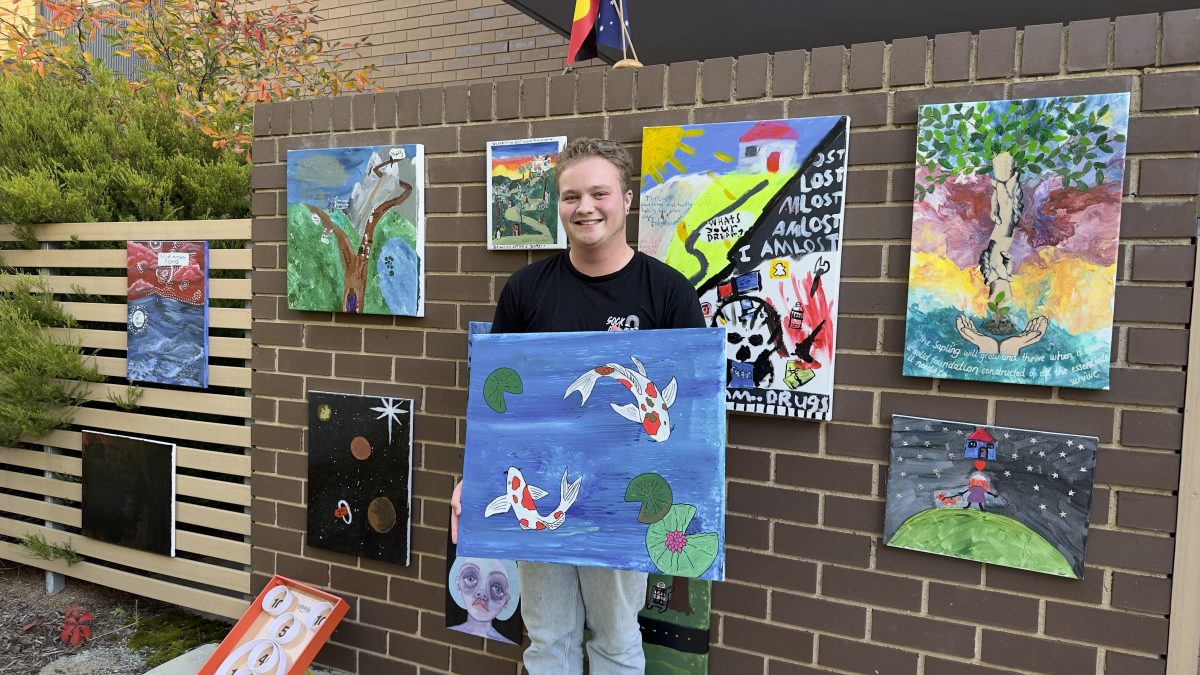
Nick Barker has been living at Canberra’s Our Place Youth Foyer for more than two years. Photo: Travis Radford.
Barnados Australia runs the Our Place Youth Foyer out of an apartment complex in Braddon, as a medium-term accommodation option for young people experiencing homelessness. Its Youth Support case workers agree the issue is “intensifying” in Canberra.
They cite familiar contributing factors – higher costs of living associated with Canberra’s higher-than-average incomes, exacerbated by limited public housing options.
Private rentals, and even shared accommodation, are also becoming increasingly out of reach.
“These systematic barriers mean young people are either left without stable housing or viable exit points from the cycle of poverty,” Youth and Community Development officer Nicole Molyneux says.
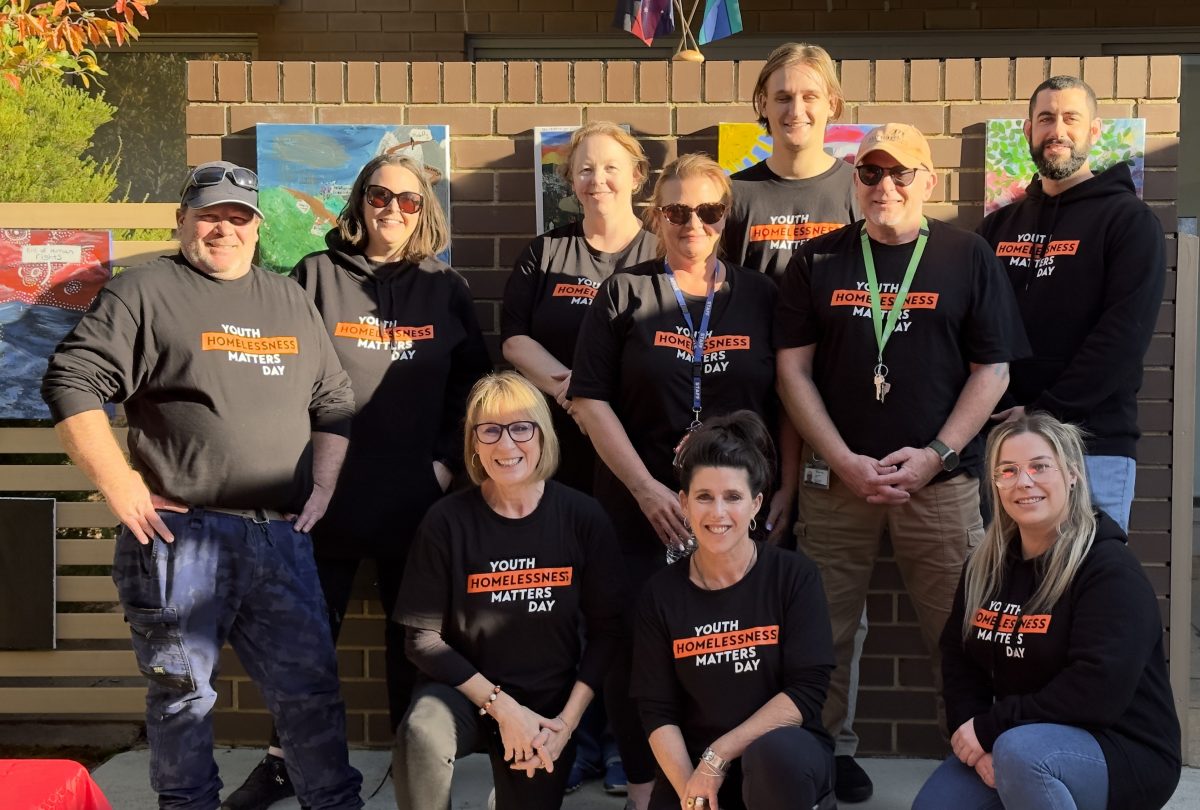
The Our Place Youth Foyer team campaigns every year for Youth Homelessness Matters Day. Photo: Travis Radford.
“Addressing these pressing issues demands a multifaceted approach, encompassing affordable housing initiatives, income support, and targeted interventions to break the cycle in Canberra.”
For Marija, the story ends happily. She became a successful candidate for the Canberra affordable housing scheme in March 2023 and is now paying off her own home.
She admits that while it’s ambitious to call for an end to youth homelessness, it is possible.
“We need the community and the government to come together,” she says.
“The parents and adults in young people’s lives play a significant part in that as well. That’s probably something that’s spoken about less, but they have a huge role actually.”











